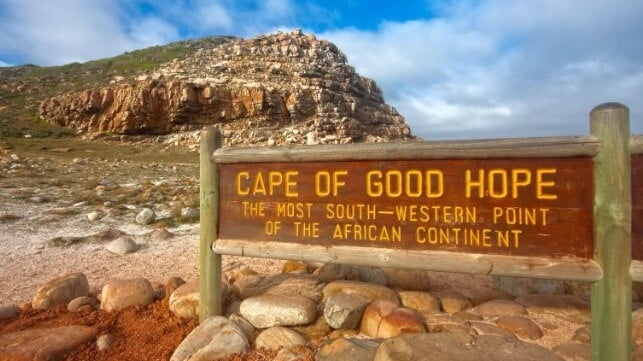Trafigura: Red Sea Diversions Increase Fuel Burn By 500,000 Barrels a Day

Yemen's Houthi rebels have been attacking merchant shipping in the Red Sea for months, and while the world's attention is rightly focused on the risk to life and property, the group's aggression also has a substantial environmental impact. According to energy trading house Trafigura, tankers alone will consume an additional 200,000 barrels per day of fuel oil this year because of diversions around the Cape of Good Hope. This is enough fuel to increase the tanker fleet's annual emissions by 4.5 percent.
Many vessel operators continue to use the Red Sea route between the Indian Ocean and the Mediterranean, as it is much shorter and (usually) less expensive. The industry has developed best practices for security for Red Sea voyages, but shipmanagers recommend avoiding the risk altogether and switching to the long route around Africa's southernmost tip.
The majority of the container ship fleet has made the switch, along with a substantial share of the tanker and gas carrier fleets. The diversion adds about 2,000-3,000 nautical miles to an Asia-Europe or Asia-USEC voyage. Consultancy Vespucci Maritime estimates that the extra distance sailed by boxships on the Cape route each week exceeds the distance from the Earth to the Moon. Many ships speed up to make up some of the time difference for the longer voyage, increasing fuel consumption. According to Trafigura, when container ships and other vessels are included in the calculation, an additional 500,000 barrels per day of fuel oil will be consumed by the shipping industry this year.
The International Energy Agency (IEA) agrees that global bunkering demand will increase because of Red Sea diversions, though by a lesser amount - about 200,000 barrels per day. IEA predicts that the increase will be especially noticeable for bunker suppliers in Singapore, the primary hub for bunker fuel on east-west routes (and one of the ports most affected by Red Sea-driven congestion).
Top image: Freestock.ca / CC BY SA 3.0
